The First World War
The assassination of Austrian Crown Archduke Franz Ferdinand in Sarajevo, Bosnia, on June 28, 1914, was the spark that ignited the great fire of World War I. Austria's attack on Serbia inevitably set in motion the entire system of alliances, agreements, conflicts, and rivalries that had developed over the past decades, so that all the great European powers, with the exception of Italy, found themselves at war between late July and early August 1914. Italy had declared its neutrality, but the government's decision did not meet with unanimous approval.
With the agreement signed in London on April 26, 1915, Italy committed to entering the war within a month and would receive Trentino, Alto Adige up to the Brenner Pass, and Dalmatia in return for its intervention. The conflict in which Italy became involved starting on May 24, 1915, was of such magnitude and nature that it overturned the principles of warfare as they had been developed at the beginning of this century. It was a war of position and attrition in terms of men and equipment, to which the opposing military apparatus was subjected.
In the room, several illustrations by A. Beltrame from the Domenica del Corriere magazine recount the extraordinary crescendo of events that would bring the whole of Europe to the brink of a conflict that, for the first time in history, involved millions of men.
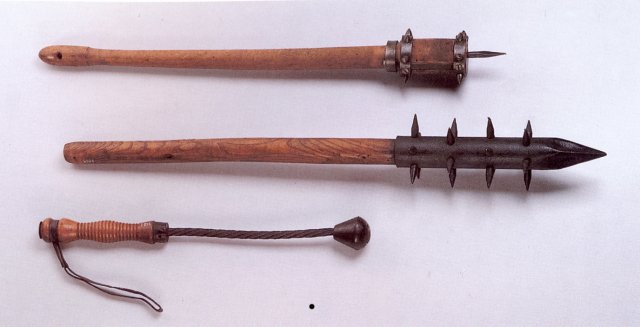
Mazze ferrate austriache in dotazione alle truppe d'assalto
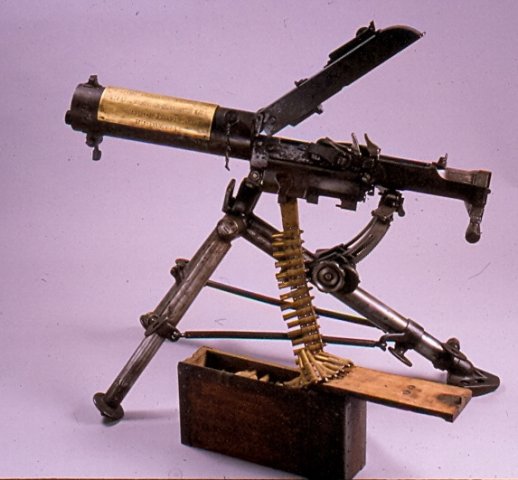
Mitragliatrice austriaca Schwarzlose mod.1907/12 prodotta dalla ditta Steyr, calibro 8 mm
Image Gallery
 |
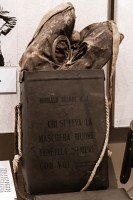 |
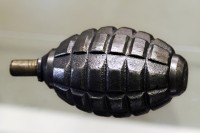 |
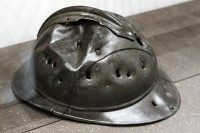 |
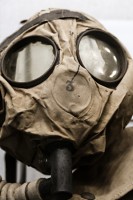 |

